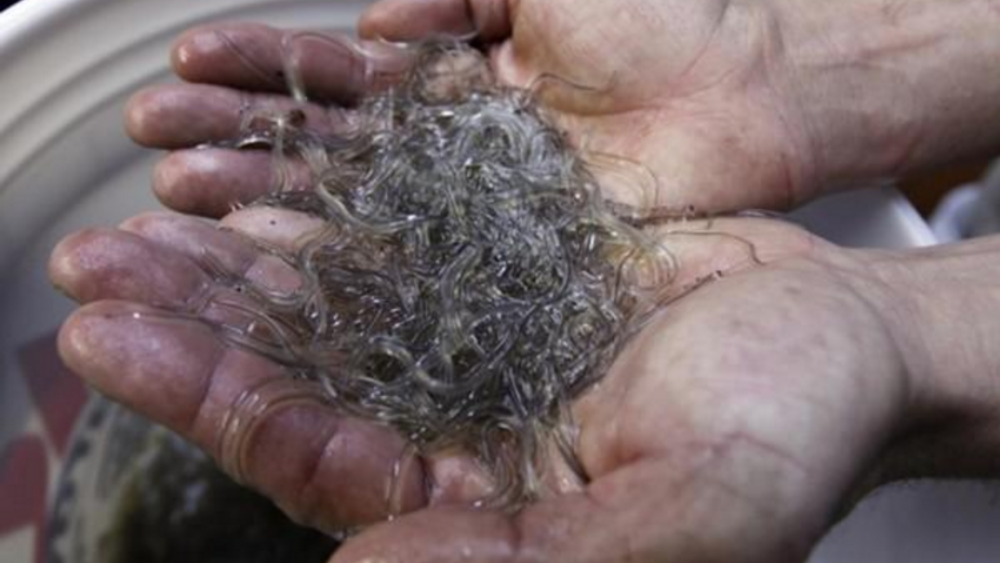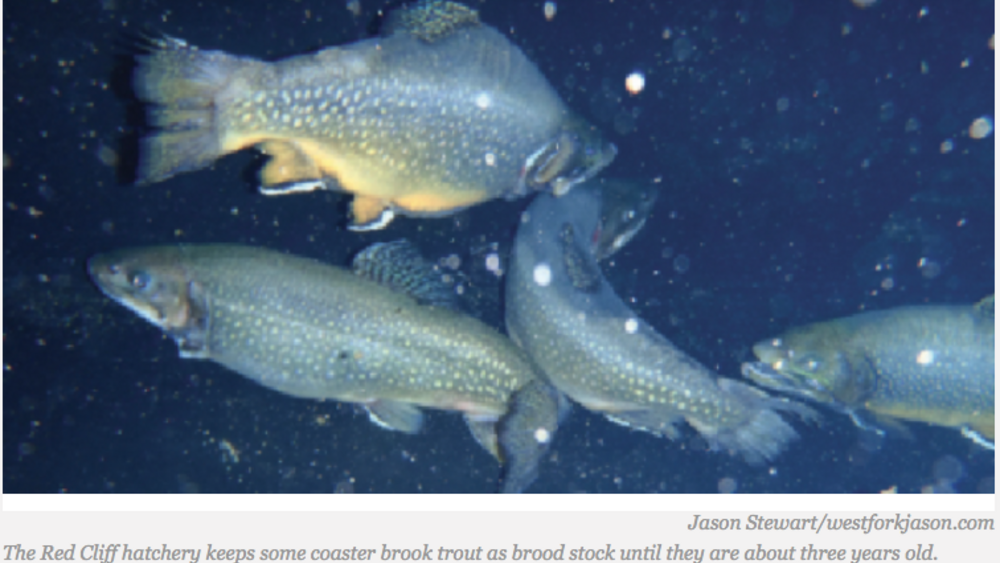The scarcity of water in the American West and the increased demands for the resource have created much tension of late between tribes, endangered species advocates, and the holders of water rights granted by the states for non-native consumptive uses. The over-allocation of water by state governments is increasingly at odds with both habitat preservation of endangered aquatic species and tribes' exercising their water rights for consumptive uses.
As tribes actively quantify their water rights and pursue development projects that enable them to use the water, they are faced with a seemingly insurmountable problem: how can tribes promote future economic development and at the same time ensure the protection of species under the Endangered Species Act in the face of federal consumptive-water-use restrictions?
Additional Information
Lester, Lauren. "Protecting the Fish and Eating Them, Too: Impacts of the Endangered Species Act on Tribal Water Use." Udall Center Publications. Udall Center for Studies in Public Policy, The University of Arizona. Tucson, Arizona. 2006. Book.




